쥐를 이용한 IED/지뢰/부비츄랩 처리
프롤로그 | 2010-11-22 17:25:42
조회 9392 | 추천 0 | 다운로드 75
인계철선 발견용으로는 그나마 쓸만하겠네요.
Of mice and mines: trained rats search for explosives, tuberculosis.
MOROGORO, Tuesday 9 November 2010 - A baby rat in a tiny red and black harness twitches its pointed nose incessantly, probing a grassy field where it is being trained by a pioneering Dutch NGO to smell out deadly landmines.
Other rats trained under the same scheme have already helped clear large swathes of land in neighbouring mine-infested Mozambique.
Babette, the two-month-old baby, walks unsteadily across the weedy patch followed by two trainers rolling a bar that teaches her to go back and forth across the patch in straight lines.
Light, with an acute sense of smell and easily motivated by food rewards, giant African pouched rats have been found to be highly effective in mine detection by APOPO, the Dutch non-governmental organisation that launched the training project -- the first of its kind -- in this Tanzanian town.
The rodents are trained to detect the TNT in landmines through Pavlovian conditioning: a click sound to signal a food reward whenever they make the correct detection.
Other rats in the same project undergo a different type of training -- they learn to sniff out tuberculosis in laboratory sputum samples, providing a second-line screening for hospitals in Tanzania where lab testing has 60 percent accuracy.
Training begins at four weeks old when the baby rats are exposed to humans to rid them of their fear of people and new surroundings, after which they are taught to associate a click sound with food.
Once that is achieved, they are then trained to distinguish TNT scent from other smells. When they successfully distinguish it, the click is sounded and they are given a bit of banana, thus reinforcing the link between positive TNT identification and food.
In all, it takes nine months of painstaking on- and off-field training for a rat to be deployed for mine detection.
"This work is not easy," recounts trainer Abdullah Mchomvu, holding a rat cage under his left arm. "You have to be patient. Sometimes I get frustrated, but then again I tell myself these are animals."
But "this work saves lives," he added.
It takes two deminers a day to clear a 200 square-metre (2,150 square-feet) minefield, but if they work with two rats they can sweep it in two hours.
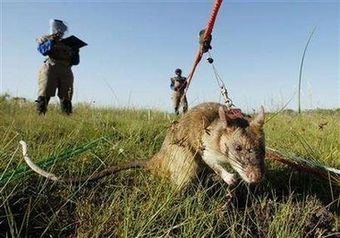
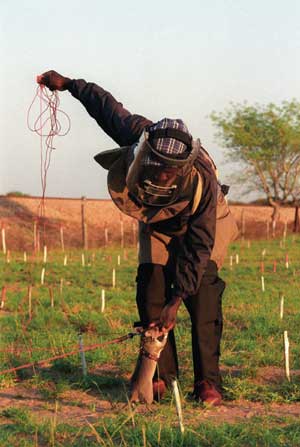
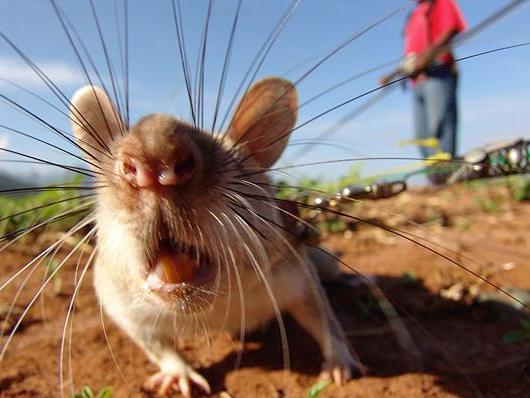



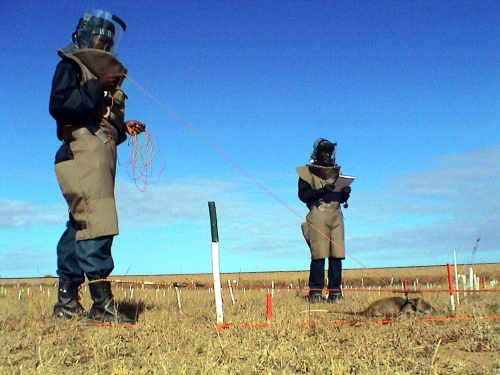
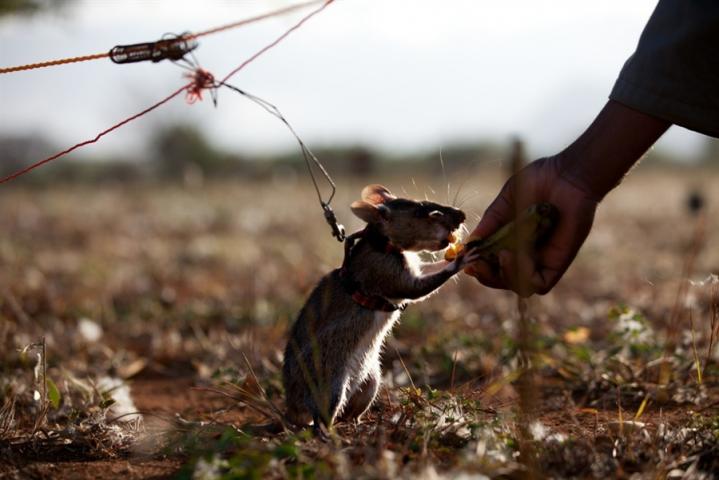
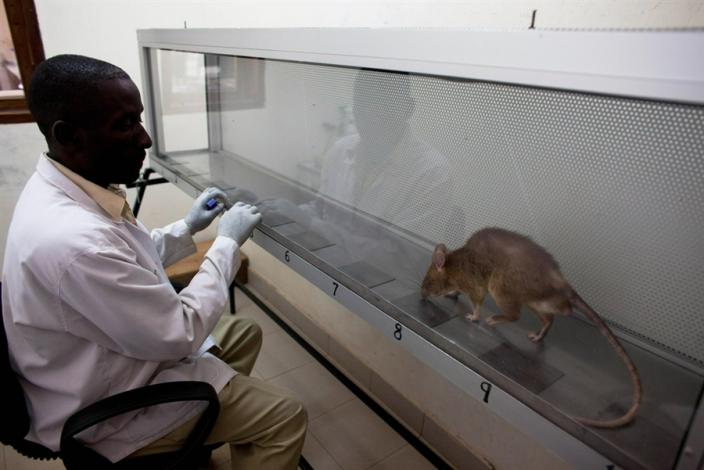
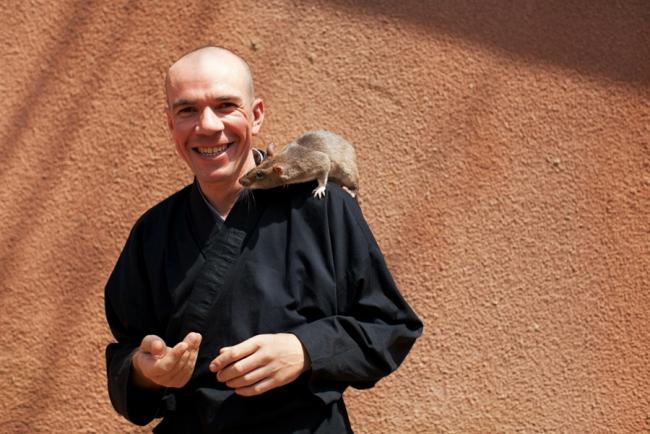



 1
1


댓글 [8]
저 쥐 크기좀 봐라...
1방공여단 | 2010-11-23 | 추천 0
유현영 | 2010-11-22 | 추천 0
수학듣기평가 | 2010-11-22 | 추천 0
Mankind | 2010-11-22 | 추천 0
koonikim | 2010-11-22 | 추천 0
푸십육 | 2010-11-22 | 추천 0
빤스지기 | 2010-11-22 | 추천 1
저 쥐 크기좀 봐라...
김용식 | 2010-11-22 | 추천 0
트럭하나 그냥 쏟아붓고;;